FAIRFIELD — A layer of crunchy snow covers the 120-acre former dairy farm in a corner of Kennebec Valley Community College’s Harold Alfond Campus on a gray afternoon in mid-December. It’s the last day of the fall semester and there’s hardly anyone around, but signs of all the work that has been put into the farm are everywhere.
There are laying hens, Katahdin sheep and pigs in a newly refurbished barn and two large high tunnels, which are like greenhouses, teeming with spinach, Swiss chard, lettuce and other vegetables. Not far away, construction workers are putting the final touches on a brand new building, the Center for Farm-to-Table Innovation, which is scheduled to open in January.
The end of the semester and the first harvest of the farm’s produce – which totaled more than 6,800 pounds this fall – mark an important milestone for KVCC and it’s fledgling sustainable agriculture program. It’s been just more than one year since the school launched the program, along with a culinary arts program, making it the only community college in the state to offer a degree in sustainable agriculture and give students the chance to run a working farm.
“I think this time of year is the real test of what we’ve been able to do,” said Richard Hopper, KVCC president, as he made his way through the snow to one of the high tunnels. “When you come out here in the snow and ice, and open up one of these white buildings and see all the vegetables, it’s phenomenal.”
In 2012, the college, its main campus not far from downtown Fairfield, bought 600 acres of land on the Good Will-Hinckley campus. The school received $2.5 million in federal funding to help start the two programs, in agriculture and culinary arts, that will jointly operate out of the Center for Farm-to-Table Innovation. The center building was funded by a grant from the Harold Alfond Foundation.
Classes in agriculture started in the fall of 2013, and the third semester of the program is just wrapping up. The culinary arts program just finished its first semester.
In January, the college will open the Center for Farm-to-Table Innovation building, which includes a new lecture hall, three classrooms and three laboratories. White leather couches and coffee tables make up the decor in the entrance to the building. The building is “net-zero energy” building, meaning it produces as much energy as it uses.
The dairy farm on the property closed about 10 years ago, leaving four aging buildings. Renovations on the livestock barn were finished in August, and students this fall raised about 75 chickens, a handful of sheep and six large black pigs, four of which are now in the walk-in-freezer in the culinary arts kitchen.
They also cared for and sold five beef cows.
Of the 6,800 pounds of produce harvested this fall, nearly half was donated to the Mainers Feeding Mainers program, which supplies food pantries around the state. Some of the food is also used in the campus cafeteria and in the culinary arts program. About 5 percent of the food in the cafeteria comes from the farm, and Hopper said he hopes to see that percentage increase to about 80 percent in five years, while also maintaining donations to the Mainers Feeding Mainers program.
Rachel Ohm can be contacted at 612-2368, or at:
rohm@centralmaine.com
Copy the Story LinkSend questions/comments to the editors.


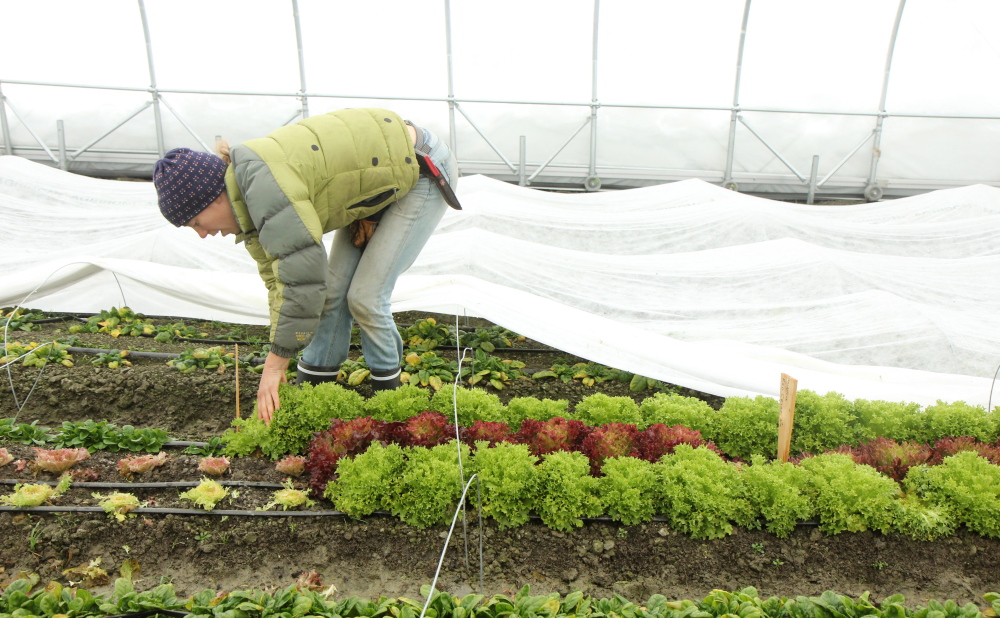
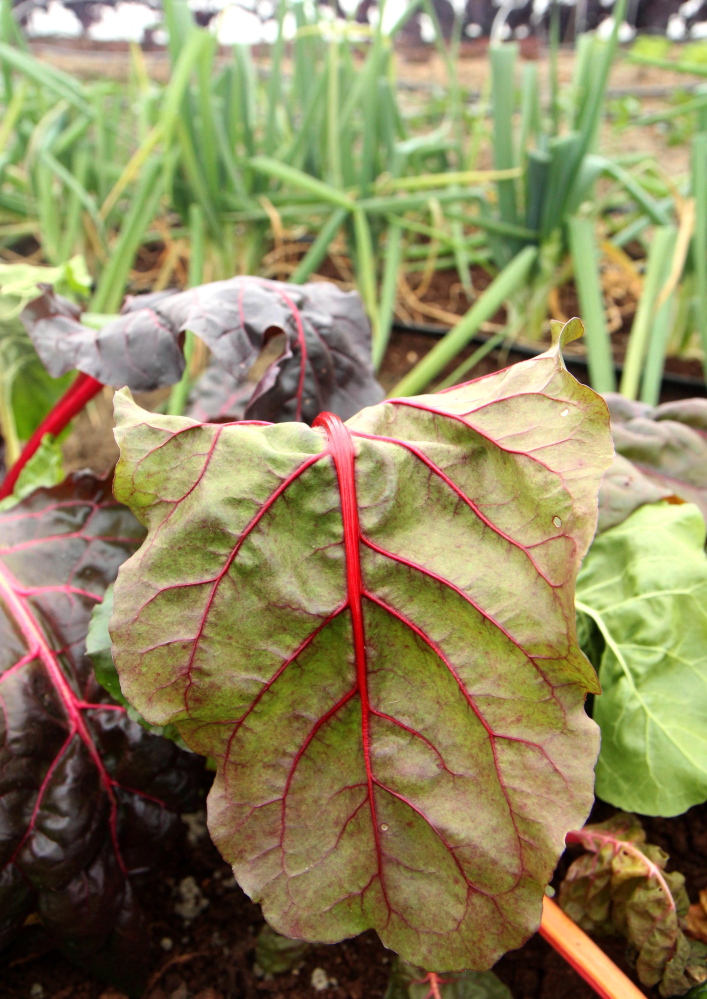
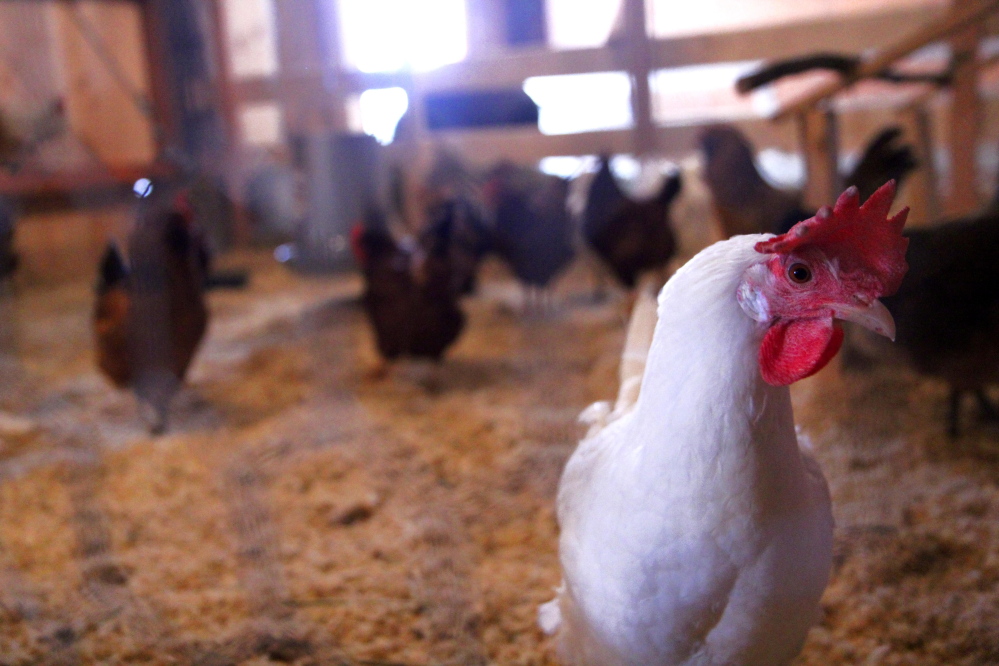
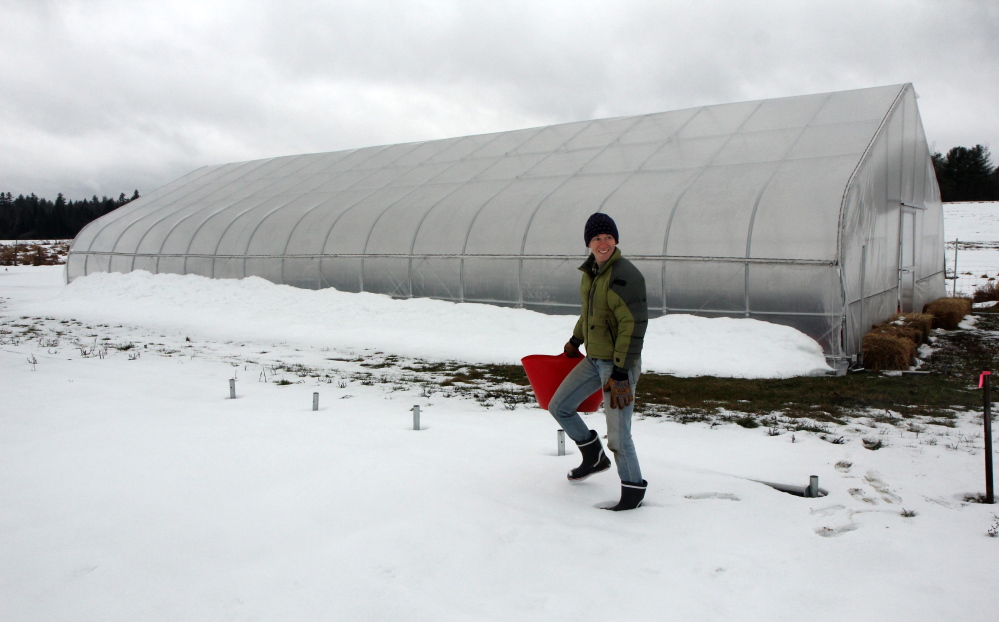
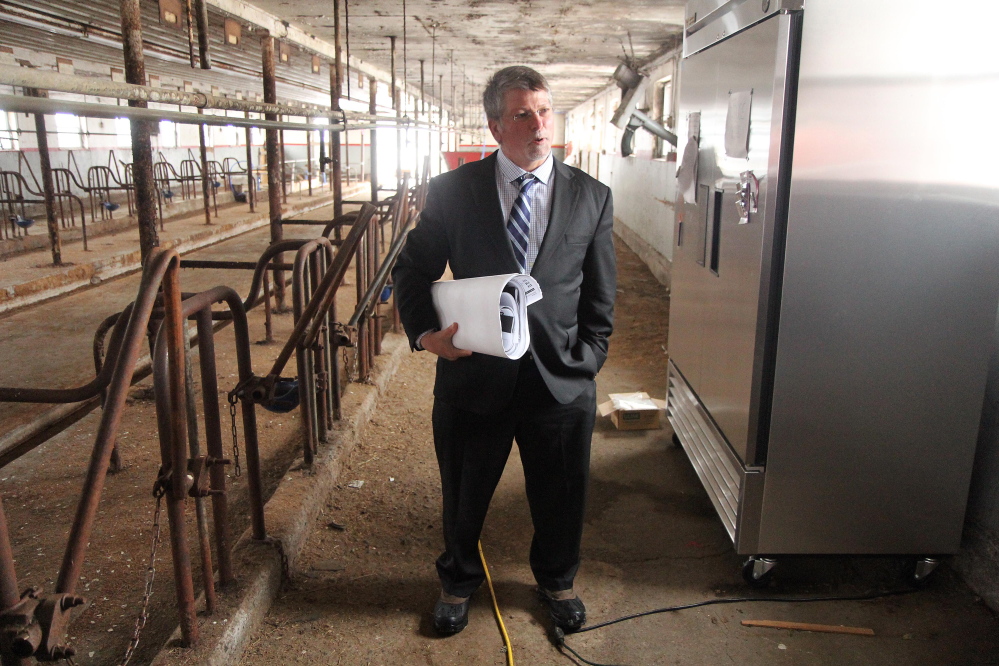
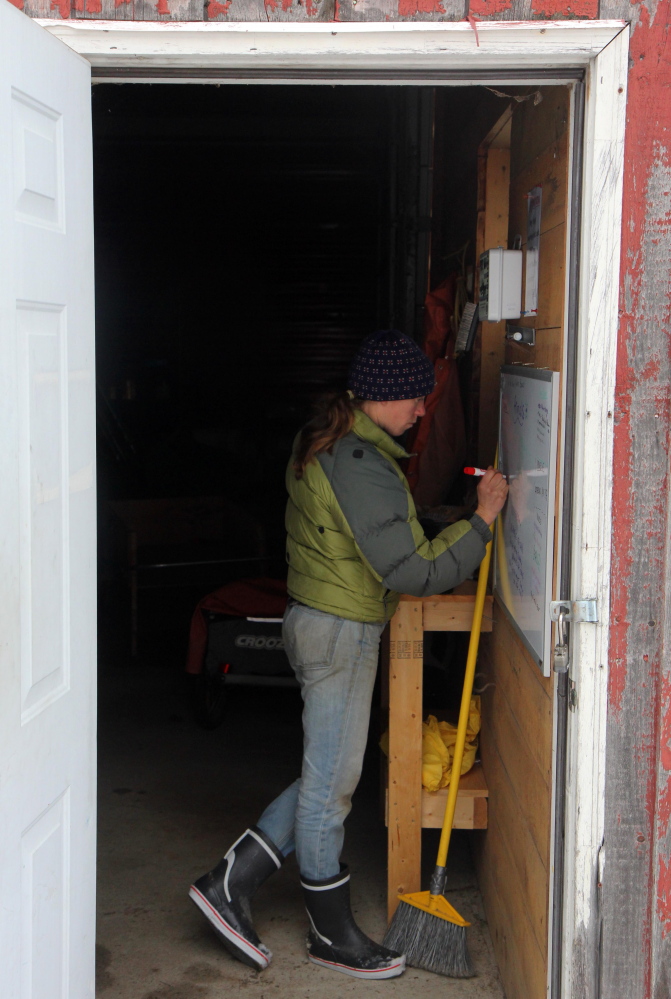

Success. Please wait for the page to reload. If the page does not reload within 5 seconds, please refresh the page.
Enter your email and password to access comments.
Hi, to comment on stories you must . This profile is in addition to your subscription and website login.
Already have a commenting profile? .
Invalid username/password.
Please check your email to confirm and complete your registration.
Only subscribers are eligible to post comments. Please subscribe or login first for digital access. Here’s why.
Use the form below to reset your password. When you've submitted your account email, we will send an email with a reset code.